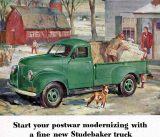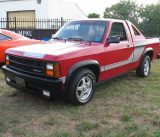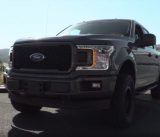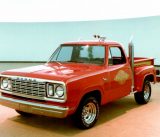The Chevrolet Blazer had a long history, with the K5 model alone lasting from 1969 to 1994, at which point the Chevy Tahoe replaced it. This timeline means that the 1970s Chevrolet Blazer was very early in the SUV’s history. At its arrival, it was the smallest of the full-size SUVs in the Chevy C/K family. Unsurprisingly, there was also a GMC counterpart for the Blazer, the Jimmy, which lasted from 1970 to 1991.

source: ShutterStock
The Basics of the Chevy Blazer
During the 1970s, the Chevrolet Blazer was offered as a rear-wheel-drive vehicle or with four-wheel drive. It was based on the short wheelbase version of Chevy trucks. At its release, the Blazer was supposed to compete with the Ford Bronco and International Harvester Scout. The Blazer stood out by having a vehicle that was essentially a shorted pickup truck, increasing interior space. At the same time, this kept production costs low since it shared a platform.
This SUV had a “full convertible” top that was removable, available until 1975. In 1976, GM swapped it for a half-cab design with better safety ratings in rollovers and less risk of leaks. They were convertibles beginning several inches behind the passenger and driver doors and running to the tailgate.
The First Few Years
The first Chevrolet Blazers offered four different engines to choose from, including a 250 straight-6, a 292 straight-6, a 307 V8, and a 350 V8. The choice of two-wheel drive was new for 1970; the original 1969 model only had four-wheel drive. To complement these engines, drivers could opt for a 3-speed automatic Turbo Hydromatic transmission, a 3-speed manual, or a 4-speed Synchromesh manual. There were also two transfer cases.
The two-wheel-drive Blazer had rear trailing arms and an independent front suspension, both of which had coil springs. Four-wheel-drive models used leaf springs with a solid front axle. Right from the start, the Chevy Blazer was popular thanks to its ability to pair off-roading capabilities with features that were considered luxurious at the time, like an automatic transmission and air conditioning. To put its off-roading skills in perspective, these early Blazers had 8 inches of ground clearance and a 35-degree approach angle.
The 1973 Redesign and On
In 1973, GM redesigned its full-size trucks, including the Chevrolet Blazer. While rear-wheel-drive models were still in production, nearly all of the Blazers sold after this point had four-wheel drive. From this point to the end of the 1970s, the Blazer offered a 307 ci, 350 ci, or 400 ci small block engine or a 250 ci inline-6, depending on the year and configuration. A big change for this generation was that the tailgate and rear hatch glass became one unit, letting the glass panel retract inside. The tailgate also had a safety switch that wouldn’t let the rear window raise if the tailgate wasn’t latched.
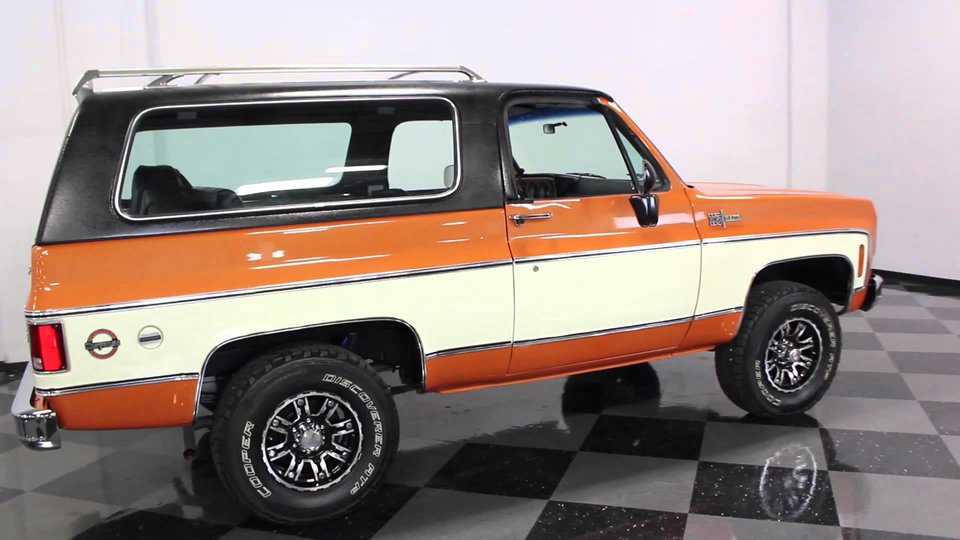
source: YouTube
The 1970s Chevrolet Blazer continues to be popular today. Because of the model’s reliability, you should not have any problems finding one of these models. There are also plenty of spare parts available because of its popularity.

